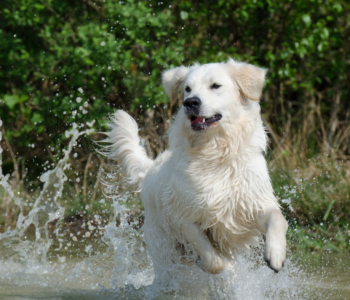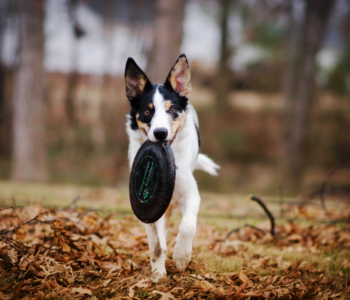 dog behaviour,
dog behaviour,
What is dog rehearsal?
A client asked me why her dog always barked at the postman. The answer is dog rehearsal. The postman arrives, your dog barks, Postie goes away again. Then he comes back another day and it happens again, day after day. In your dog’s head, barking at the postman works. The arrival of the postman becomes a trigger for a conditioned response.
Spotting Dog Rehearsal
Once you understand rehearsal, you will start to see it and recognise it. Barking out the window, barking at birds, barking when the doorbell goes, barking at other dogs. Like any activity, the more it’s rehearsed the better we get at it and this is the same for our dogs. If we allow the constant rehearsal of these unwanted behaviours they become a default behaviour.
Break the cycle
One of the keys to stopping some of these unwanted behaviours is stopping the daily rehearsal. Breaking the cycle. We don’t do this in an aggressive way, by shouting or squirting water or other adverse training methods. Most of these are high arousal in themselves and just add another level of stress and excitement into the situation.
Management of dog rehearsal
The first and easiest way to stop dog rehearsal of unwanted behaviours is with management. Management gets a bad rap with some trainers who don’t consider it ‘training’. But if you don’t start to manage the situation you will be constantly working in the moment or trying to slap down the output behaviour as it occurs.
Let’s use barking out the window as an example. Your neighbor slams their car door shut and your dog barks out the window. The noise of the car door is a trigger to the dog, it creates anxiety and the conditioned response is to jump up and bark to get the ‘threat’ to go away.
Working ‘in the moment’ would be trying to control this output behavior. People may use things like squirting water, shouting or smacking the dog even shock collars. While some of these methods may work at the time. Long term they erode a dog’s confidence and their trust for you. Plus cessation of the behaviour (barking) is dependent on you being there to command or punish your dog.
Instead using management we would prevent the dog from having access to the window with baby gates or moving the furniture, maybe block the view using frosted film. This would be a start by breaking the cycle of trigger-stress-response.
A dog that can think!
Then we would work with the dog to build calmness around the window and reduce anxiety. First this would be done without any of the triggers present. Helping your dog to feel less worried. Then, we would gently start to reintroduce some of the original triggers, desensitizing them in a positive way. What we are working towards is a dog who can make their own decisions about what they can safely ignore. The outcome is you don’t need to be there to cue your dog to make the right decision.
Need help send me a message





